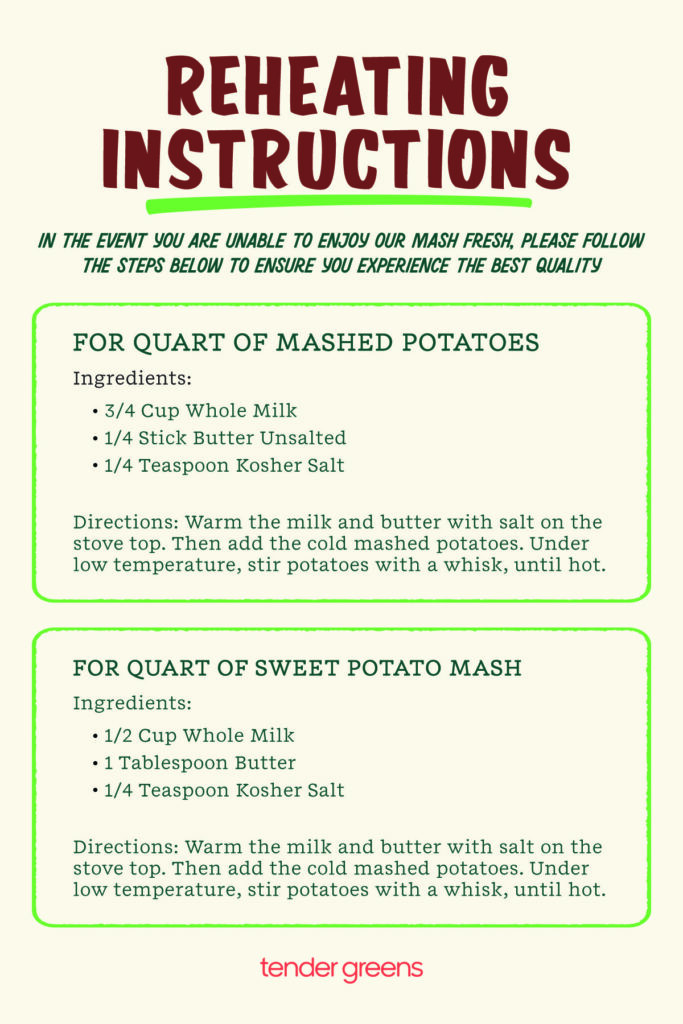Imagine you’re about to enjoy a warm cup of cocoa, but your whole milk is cold. You might wonder, “Can you reheat whole milk?”
Whether you’re preparing a comforting drink or adding milk to a recipe, knowing the answer is crucial. This common kitchen dilemma can lead to concerns about taste, texture, and safety. You don’t want to ruin your favorite recipe or your morning coffee, right?
The good news is, with the right approach, reheating whole milk can be simple and worry-free. Stick around as we uncover the secrets to safely and effectively reheating whole milk, ensuring your beverages and dishes are just as delightful as you imagine.
Table of Contents
Reheating Whole Milk: Is It Safe?
Whole milk can be reheated, but be careful. Heat it slowly to prevent burning. Use a low heat setting on the stove. Stir often to avoid skin forming. Microwaving is an option too. Use a microwave-safe bowl and cover it. Check the temperature frequently. Milk can heat unevenly. Never boil the milk. Boiling changes its taste and texture. Once reheated, use it quickly. Don’t reheat milk more than once. Store leftover milk in the fridge. Keep it in a sealed container. Label the date before storing it. Milk can spoil easily. Always check for freshness. Smell the milk before using it. Sour smell means it’s bad.

Credit: www.tiktok.com
Potential Risks Of Reheating Milk
Reheating milk can change its taste. Flavor becomes less fresh. Nutrients might be lost. Heat can destroy vitamins. Bacteria can grow if milk is not heated right. Spoiled milk can make you sick. Burnt milk smells bad. It can stick to the pan. Scalding milk can cause burns.
Milk can curdle when overheated. This looks like lumps. Stomach pain can happen if milk is bad. Skin might form on top of milk. This is not harmful but looks strange. Microwaving milk can heat unevenly. Some parts might be too hot or cold. Temperature matters when heating milk. Keep it warm, not hot.
Boiling milk is not safe. It can overflow quickly. Watch milk closely when reheating. Stir it often to avoid burning. Safe reheating keeps milk tasty. Using low heat is best. Slow and steady wins the race.
Best Practices For Reheating Milk
Glass and ceramic containers are best for reheating milk. They are safe and keep the milk warm. Plastic containers can melt or leach chemicals. Always check that the container is microwave-safe. Using the right container helps keep the milk fresh. This is important for taste and safety.
Stir milk gently to avoid bubbles. Bubbles can make the milk frothy. Use a spoon to stir in circles. Stirring helps even out the heat. Make sure to stir slowly. Fast stirring can cause spills. Spills can waste milk and make a mess.
Milk should be warm, not hot. Test with a spoon before drinking. Hot milk can burn your tongue. Keep the microwave on low power. Heat for a short time, then check. Better safe than sorry. Temperature control is key to reheating milk.

Credit: mylittleeater.com
Methods For Reheating Milk
Heat milk slowly in a pot. Stir often to prevent burning. Keep the heat low to avoid boiling. Use a wooden spoon to stir. Watch closely and remove from heat once warm. This method keeps milk smooth and creamy.
Pour milk into a microwave-safe container. Heat for 30 seconds at a time. Stir well after each interval. Check temperature before serving. Repeat until milk is warm. Be careful not to overheat.
Fill a pot with water. Place a bowl on top. Pour milk into the bowl. Heat the water gently. Stir milk often. This method is gentle and prevents scalding. Milk heats evenly with this technique.
Signs Of Spoiled Milk
Spoiled milkcan smell bad. It can also taste sour. These are the first signs. Milk can look chunky or thick. This means it has gone bad. Spoiled milk can have a yellow tint. Fresh milk should be white. If milk has lumps, it is not safe. Milk should be smooth and liquid. Do not drinkchunky milk. It can make you sick. Always check the smell and taste. This helps you know if milk is fresh. Fresh milk is safe to drink.
Milk should be kept in the fridge. This keeps it fresh longer. Remember to check the expiration date. Milk can spoil after its date. Keep milk coldto stop it from spoiling. Spoiled milk can make your tummy hurt. It can cause problems. Always be careful with milk.
Storing Milk Safely
Milk needs to stay cold in the fridge. Bacteria grow fast when milk is warm. Set your fridge to 40°F or lower. This keeps milk fresh.
Always pour milk into a clean glass or cup. Dirty dishes can spoil milk. Avoid drinking directly from the milk carton.
Keep the milk carton sealed tightly. This stops air from entering. Air can make milk spoil faster.
Always look at the expiration date. Use milk before this date. Milk is not safe after it expires.
Never leave milk out on the counter. Always put it back in the fridge. Milk left out can spoil quickly.
Alternative Uses For Leftover Milk
Make pancakes or waffles with leftover milk. It makes them fluffy. Add milk to your scrambled eggs. They become creamy and soft. Bake a cake or muffins. Milk adds moisture. Use milk in soups or sauces. It makes them rich and tasty. Create a milk smoothie with fruits. It’s a healthy drink.
Milk baths are great for your skin. They make it soft. Feed plants with milk. It gives them nutrients. Make a milk-based cheese. It’s easy and fun. Milk ice cubes can chill your drinks. They don’t water them down. Make a milk pudding for dessert. It’s sweet and yummy.

Credit: www.tendergreens.com
Conclusion
Reheating whole milk is safe with the right approach. Use gentle heat for the best results. Stir often to prevent burning. Avoid microwaves for even heating. Opt for stovetop or double boiler methods. Check the temperature to avoid curdling. Properly reheated milk retains its taste and texture.
It’s perfect for coffee, baking, or warming up. Keep leftovers refrigerated and consume soon. Enjoy your milk with confidence, knowing it’s safe and tasty. Remember, practice makes perfect in the kitchen.

I am Brianna, a self-published author with a passion for sharing my knowledge and expertise on various topics with people looking to find the perfect items for their needs. I love ensuring that the right informative content is available to people looking for the right information. I am an avid horseback rider and reader when I am not writing.
Follow me on Facebook, TikTok, or Personal Blog.